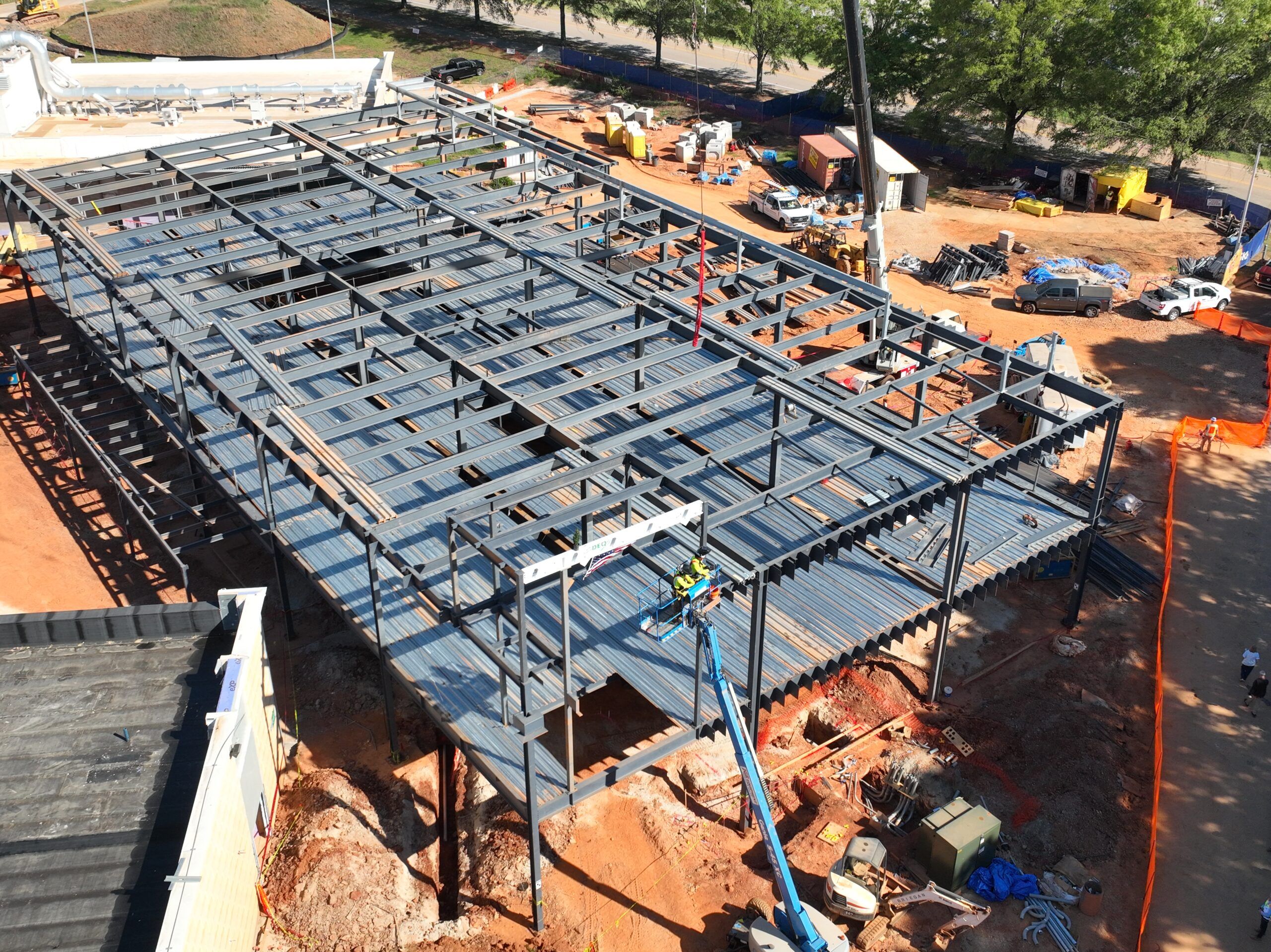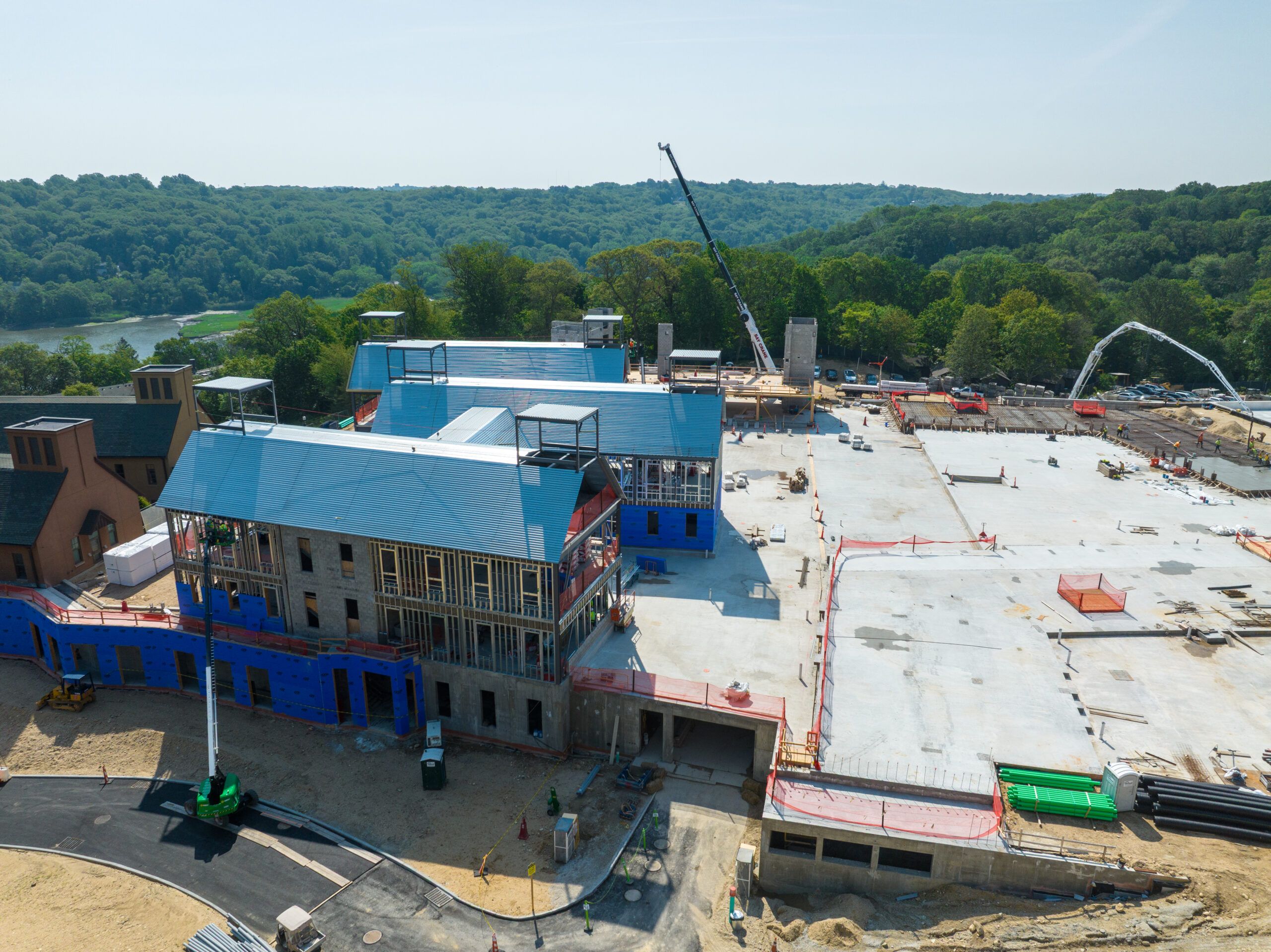How to Spot Poor Attic Insulation in Your Home
Why Attic Insulation Matters for Energy Efficiency
Attic insulation plays a crucial role in maintaining a home’s energy efficiency. Without proper insulation, heat escapes in the winter and enters in the summer, forcing HVAC systems to work harder. This leads to higher energy bills and an uncomfortable indoor environment. Homeowners in South Florida, where temperatures remain high for most of the year, must ensure their attic insulation is effective to maintain a stable indoor climate.
Signs Your Attic Insulation is Failing
Identifying poor attic insulation early can save homeowners money and improve comfort. Here are key indicators that your home may be losing energy due to inadequate insulation:
1. Uneven Temperatures Throughout the Home
One of the most noticeable signs of poor attic insulation is inconsistent temperatures between rooms. If some areas of your home feel significantly warmer or colder than others, it could be due to heat transfer through the attic.
2. High Energy Bills
If your energy costs have been rising despite stable usage, inefficient insulation may be the culprit. A poorly insulated attic forces heating and cooling systems to work overtime, increasing energy consumption and expenses.
3. Drafts and Cold Spots
Feeling drafts indoors, especially near ceilings and walls, suggests air leaks due to insufficient insulation. A properly insulated attic creates a thermal barrier that prevents unwanted air movement.
4. Ice Dams and Roof Damage
While ice dams are more common in colder climates, they indicate heat escaping through the roof. This heat loss causes snow to melt and refreeze at the edges, leading to water damage and potential structural issues.
5. Excessive Heat in the Attic
If your attic is significantly hotter than the outdoor temperature during warm months, it lacks proper insulation. Effective insulation helps regulate attic temperatures, preventing heat from seeping into living spaces below.
Solutions to Improve Attic Insulation
If you’ve noticed any of these signs, it’s time to consider upgrading your attic insulation. The best approach depends on your home’s needs and budget:
- Blown-In Insulation (Blow-In Insulation): This method is excellent for filling gaps and hard-to-reach areas, ensuring comprehensive coverage.
- Batt Insulation: A cost-effective option that provides consistent insulation across attic floors and walls.
- Spray Foam Insulation: This high-performance solution seals air leaks and offers superior energy efficiency but comes at a higher cost.
The Cost of Attic Insulation
Many homeowners wonder about the attic insulation price before committing to an upgrade. Costs vary based on factors such as insulation type, attic size, and labor. While upfront expenses can seem high, the long-term energy savings and increased home value make insulation a worthwhile investment.
Why You Should Consider Professional Insulation Services
While DIY insulation projects are possible, professional installation ensures the best results. Experts have the knowledge and tools to identify insulation gaps, recommend the most effective materials, and install insulation properly to maximize energy efficiency. Professional services also help avoid common mistakes that can lead to poor performance or safety risks.
For those looking for a reliable attic insulation service, working with experienced professionals guarantees long-term comfort and energy savings.
Improve Your Home’s Efficiency Today
Recognizing the signs of poor attic insulation is the first step toward a more energy-efficient home. Addressing insulation issues not only reduces energy bills but also enhances indoor comfort and air quality. Taking the right steps ensures a well-insulated home that stays cool in the summer and warm in the winter, all while keeping costs under control.











